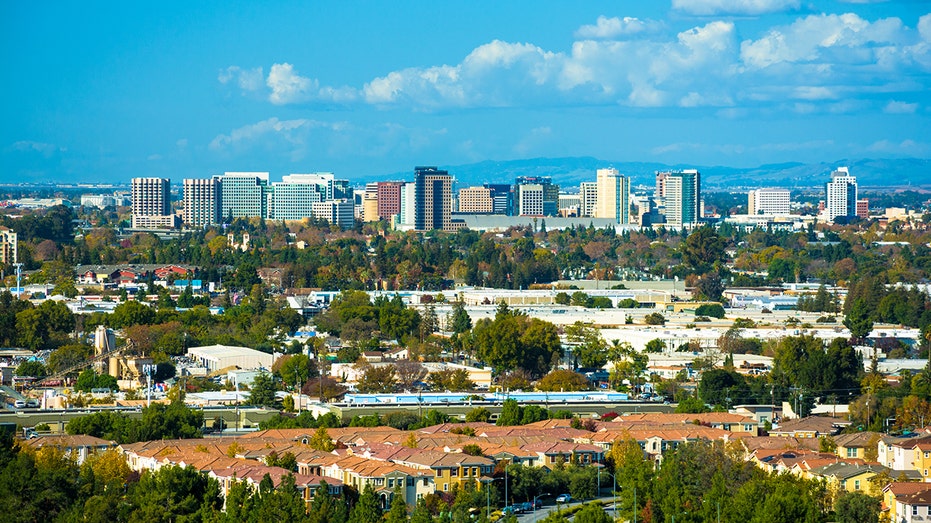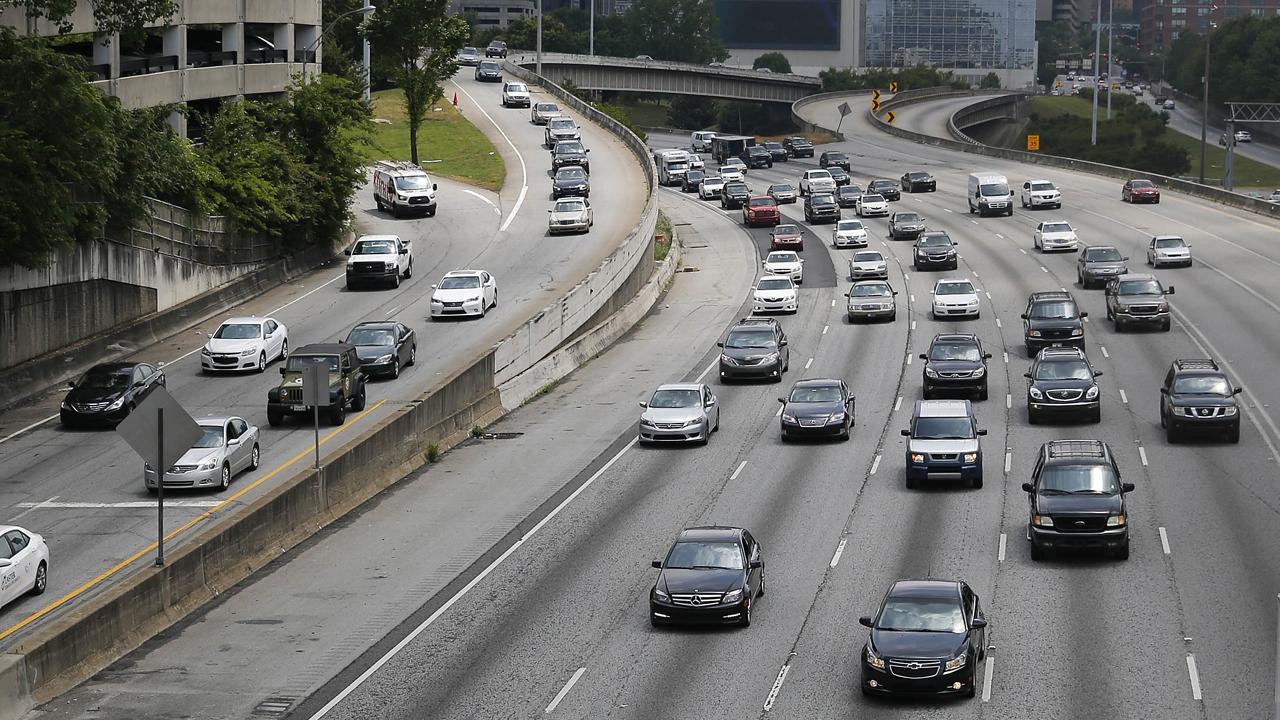California's local economies are stagnating
A measure of local economic strength in the U.S. stagnated in the third quarter, dragged down by lackluster growth in major California cities, according to new data published by Yelp.
Yelp’s gauge of local economic activity among the 50 major U.S. cities remained mostly unchanged from the prior quarter, as uncertainties surrounding the U.S.-China trade war and Democrats’ impeachment inquiry into President Trump continued to weigh on the economy. The index rose just slightly at 0.07 percent to 99.2, missing its baseline level of 100, which indicates long-term momentum.
The user-review website relies on its 34 million monthly app users and 75 million mobile users to take the temperature of American businesses and consumer sentiment across 30 different sectors. Its release precedes the first reading of third-quarter GDP on Oct. 30.
Though California still remains an economic powerhouse in the U.S. (and globally — Fortune ranked it as the world’s fifth-biggest economy) some of the biggest cities that are fueling the state’s wealth are stumbling, according to Yelp data.

Among the country’s biggest metros, San Jose and San Francisco posted the biggest decline in local economic activity. San Diego also ranked in the bottom five, while Los Angeles was placed in the bottom 10. Sacramento, meanwhile, also scored below average.
“California’s biggest local economies are continuing to struggle,” Carl Bialik, Yelp’s data science editor, said in a statement. “Construction limits and increasing rent are pushing consumers and workers farther from businesses, contributing to continued quarterly declines in some of the state’s biggest metro areas, with retail and restaurants taking the biggest hits.”
In part, that’s because limits to development around California have caused a spike in housing prices. That has a huge snowball effect, restricting the supply of workers, resulting in higher labor costs and limited consumption, because so much income goes toward housing, according to the McKinsey Global Institute. Slow growth in density then leaves consumers farther away from businesses, possibly pushing shoppers to make purchases online or drive outside metro areas.
Across all five cities, stores selling phones, shoes and women’s clothing have fallen sharply. Rents in San Francisco and San Jose have surged for retailers. The plunge in retail also has an adverse effect on restaurants.
The declines range from 2.6 percent in San Diego to 9.3 percent in San Jose. San Francisco fell slightly in between, at 6 percent.
On the other end of the spectrum — and the other coast — Milwaukee, Honolulu, Portland, Maine, Buffalo and Pittsburgh nabbed spots as the best-performing metros.




















